Helen Keller is a historical figure known worldwide, but many remember her as 7-year-old DeafBlind girl at a water pump. She recounted this moment from her youth in her first autobiography, “The Story of My Life,” later made famous by the book’s stage and screen adaptation, “The Miracle Worker.” But there’s so much more to her story. She lived to age 87 and had a complex, decades-long career. She was a suffragist, pacifist, labor union advocate, card-carrying socialist, an early supporter of the NAACP, a member of the ACLU and believed strongly in higher education. Keller graduated from Radcliffe College with a Bachelor of Arts degree cum laude in 1904, becoming the first DeafBlind person to earn a college degree.
Keller saw the power in sharing her ideas with the world through writing. She authored more than a dozen books and 400 essays to share her experiences and progressive viewpoints. Her most popular book is “The Story of My Life,” which was translated into 50 languages and remains in print today. As a writer and passionate public speaker, she covered radical topics, including women’s issues, racial and economic inequalities and advocating for education and job opportunities for people with disabilities.
In her later years, she traveled the world as a Goodwill Ambassador. She visited more than three dozen countries to continue her crusade for employment for people with disabilities, people living in poverty and women’s rights.
She was awarded the Medal of Freedom in 1964 before her death on June 1, 1968. See below for a timeline of Keller’s achievements.
Helen Keller born in Tuscumbia, Alabama.
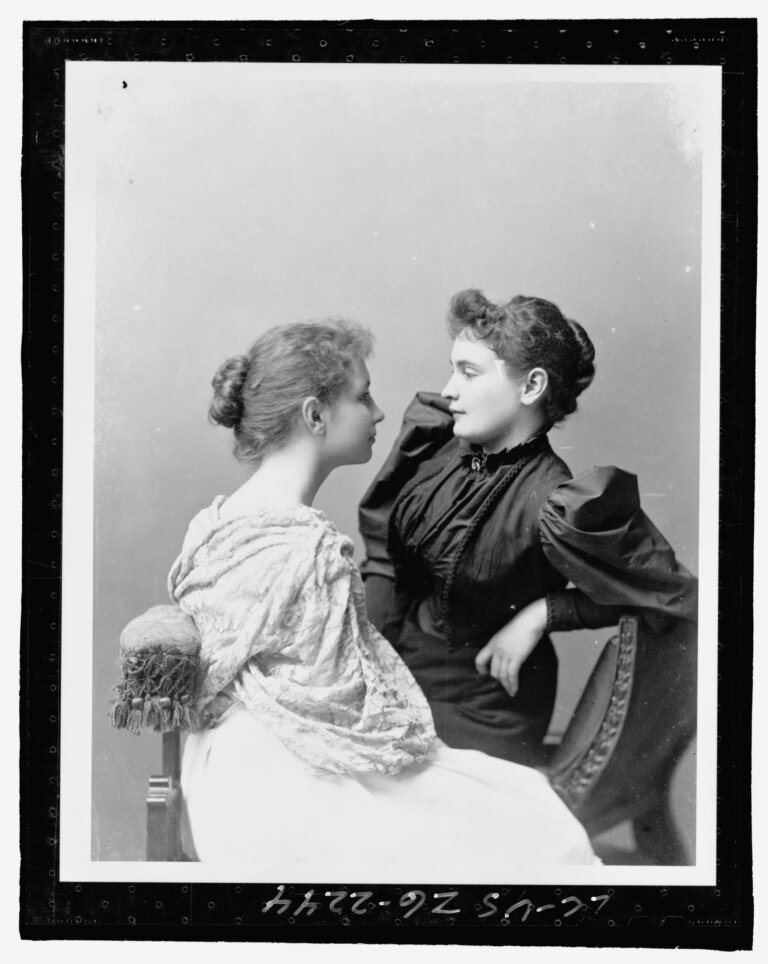
Annie Sullivan arrives in Alabama to teach Keller.
Keller and Sullivan arrive in Boston to further her education at Perkins School for the Blind.
Keller attends the Wright-Humason School in New York City.
Keller enters the Cambridge School for Young Ladies under the tutelage of Arthur Gilman.
Keller enters Radcliffe College, an extension of Harvard University for women.
Keller’s memoir, "The Story of My Life," is published.
Keller graduates from Radcliffe College cum laude.

Keller moves to Wrentham, Massachusetts.
Keller's book, "The World I Live In," is published.
Keller joins the Socialist Party.
"The Song of the Stone Wall," by Helen Keller, is published.
Keller's book, "Out of the Dark," is published.
Keller gives “Strike Against War” Speech at Carnegie Hall, NYC.
Keller and Peter Fagan fall in love and plan to elope, but do not due to her family’s objection.
Keller sells Wrentham house and moves to Forest Hills, NY.
Keller stars in "Deliverance," a silent film about her life.
Annie Sullivan, Keller's lifelong companion and instructor, dies.
Keller leaves for first Japan visit.
Keller sells Forest Hills house and moves to Arcan Ridge in Westport, Connecticut.
Keller visits World War II military hospitals.
Keller speaks at rally with Henry Wallace for Roosevelt in Madison Square Garden.
Keller leaves on a tour of England, Greece, France, Italy, Ireland, The Vatican.
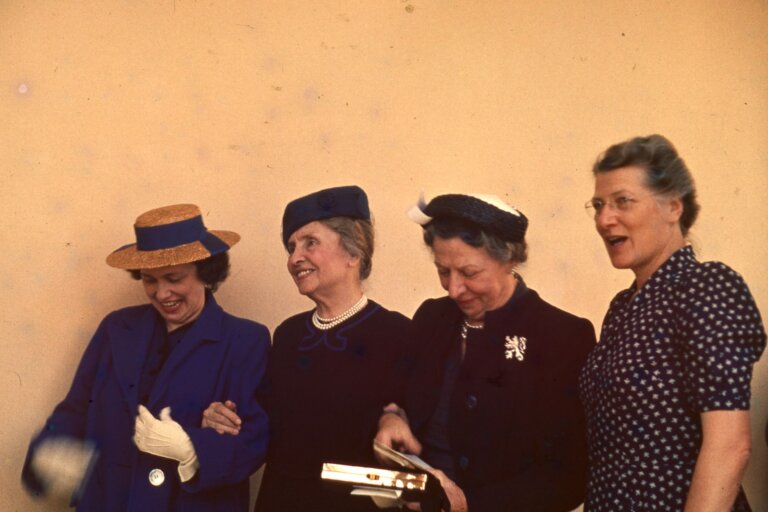
Keller begins a series of world tours as a Goodwill Ambassador on behalf of people with disabilities, inspiring many governments to establish schools for students who are blind and deaf. She visited more than three dozen countries in eleven years including Australia, Brazil, Canada, Chile, Denmark, Egypt, England, Finland, France, Iceland India, Israel, Hong Kong, Japan, Jordan, Lebanon, Mexico, New Zealand, Norway Panama, Peru, Philippines, Portugal, Scotland, South Africa, Spain, Switzerland, and Syria.
Stage production of "The Miracle Worker."
Keller receives The Lions Humanitarian Award.
Keller is awarded the Medal of Freedom.
Keller dies. Her funeral is held at the National Cathedral.
Keller is inducted into the National Women’s Hall of Fame.

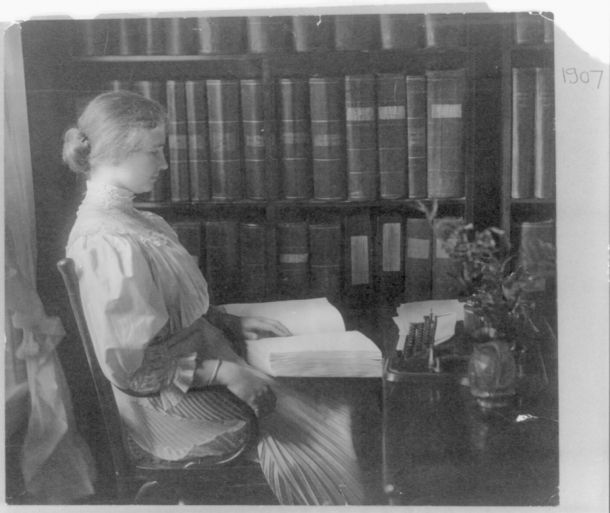
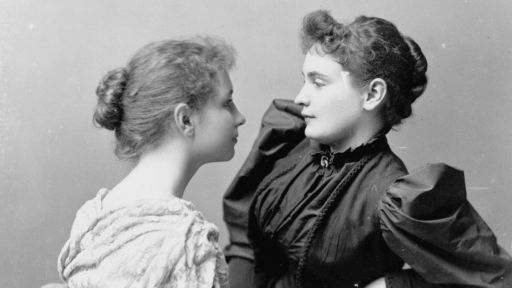
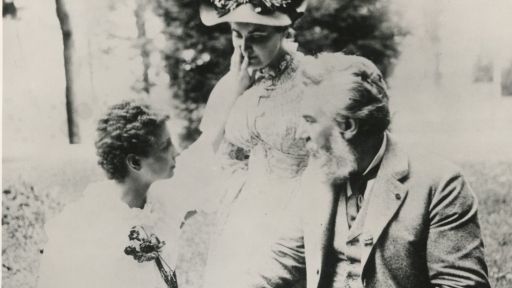

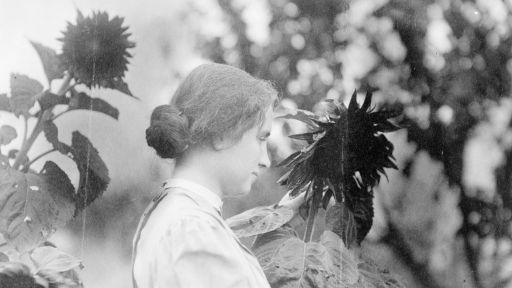
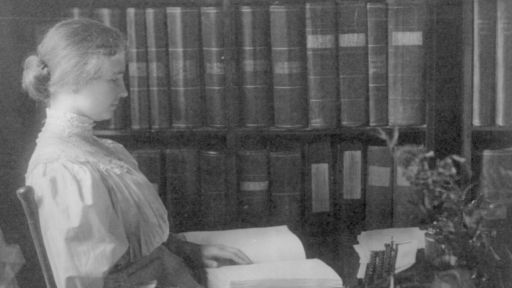
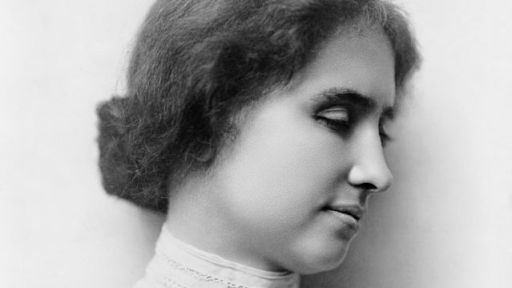
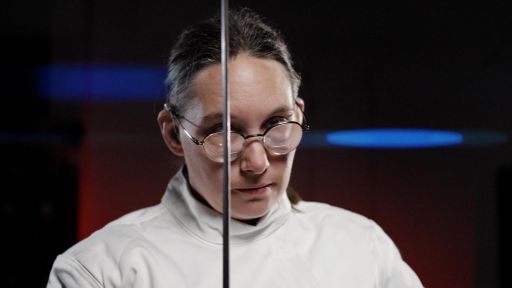
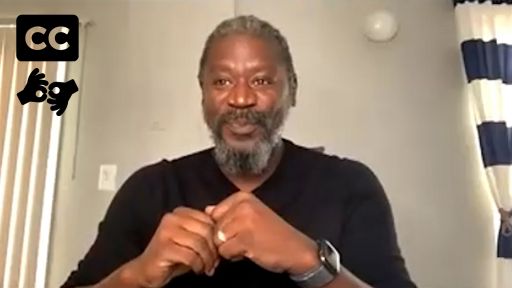
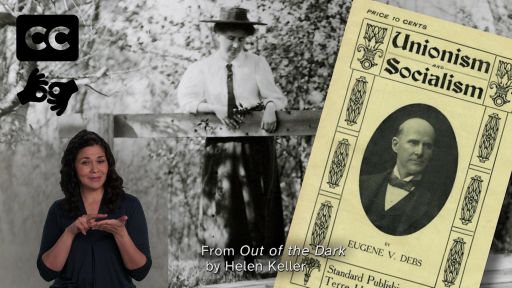
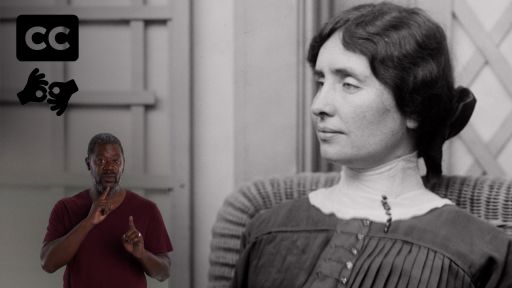
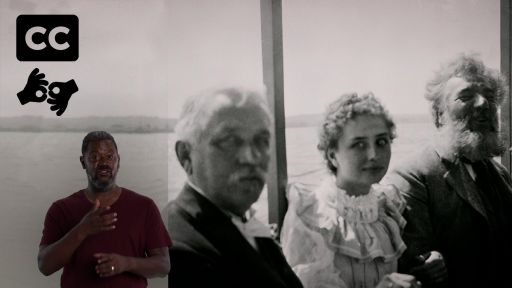
![Becoming Helen Keller -- Elsa Sjunneson: DeafBlind author [Audio Description + ASL]](https://pbs-wnet-preprod.digi-producers.pbs.org/wnet/americanmasters/files/2022/03/Rxaa3o7-asset-mezzanine-16x9-JNz2pke-512x288.jpg)
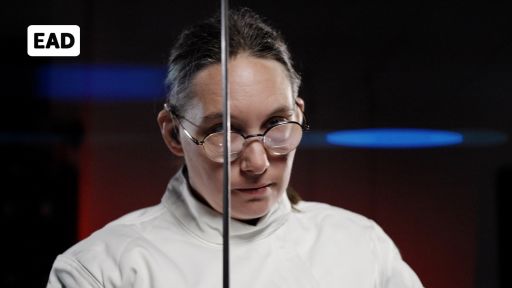
![Becoming Helen Keller -- Helen Keller studied socialism [Audio Description]](https://pbs-wnet-preprod.digi-producers.pbs.org/wnet/americanmasters/files/2021/10/EqPyQ19-asset-mezzanine-16x9-tGsOsJd-512x288.jpg)
![Becoming Helen Keller -- Helen Keller the suffragist [Audio Description]](https://pbs-wnet-preprod.digi-producers.pbs.org/wnet/americanmasters/files/2021/10/yTaS3yJ-asset-mezzanine-16x9-4nbxXU4-512x288.jpg)
![Becoming Helen Keller -- Keller's use of oral communication [Audio Description]](https://pbs-wnet-preprod.digi-producers.pbs.org/wnet/americanmasters/files/2021/10/dUfOBIW-asset-mezzanine-16x9-NlZMY6w-512x288.jpg)